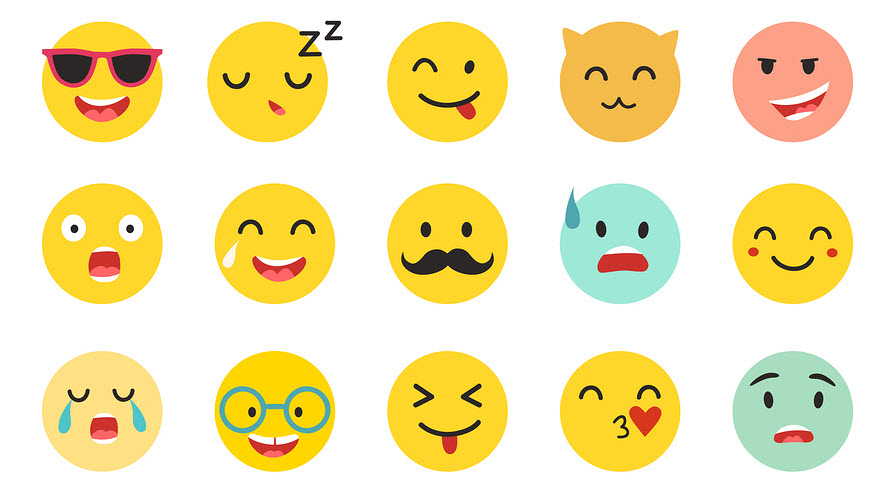When emojis first came out, it was hoped that they would become a universal language, with the capability to transcend both cultural differences and borders.
Recently, researchers have discovered that some emojis are interpreted quite differently. This has meant that miscommunication takes place when they are used. Even professional marketing translators may not interpret emoji use the same way.
For example, it was found that when individuals receive an emoji showing a face expressing tears of joy, some recipients interpret it positively, while others view it negatively. It seems that the research have also revealed that only 4.5% of emoji messages were consistently accepted in the same way. Up to 25% had totally different reactions to some emojis.
Additionally, the way emojis are received is important so, for example, there are different reactions depending on whether the emoji was received through an iPhone or a Samsung Galaxy.
Experiments have been conducted using the “grinning face with eyes that are smiling. ‘’ It seems that the reaction to smiling eyes and grinning faces in a real-life situation is quite different to those used in emojis. A university Ph.D student from Minnesota (USA) believes these differing responses are due to the emojis being a relatively new part of language and communication.
There seems to be a theory that people construct shared meanings using different types of methods of communication. These understandings develop over time and it takes a while before certain types of people whether they share the same language, geographical area or culture before they accept new forms of communication. The thing is no professional translation is required between communicators as the emoji is supposed to represent the message and there are no words accompanying it.
It has been suggested that one way to ensure universal understanding is to compile a dictionary or use emojipedia.com so that people get to understand and accept universal meanings of emojis.
If these emojis continue to bring about misunderstanding, communicators will have to stick with emoticons which may need a professional interpreter if the emoticon is to be read by people from different language groups.




